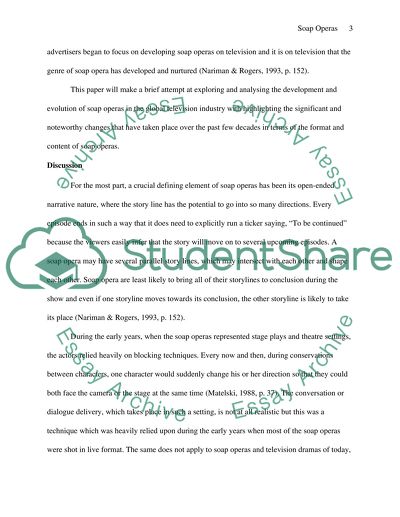Cite this document
(“Soap Opera developed from the American radio serials in the 1930s to a Essay”, n.d.)
Retrieved from https://studentshare.org/journalism-communication/1469489-soap-opera-developed-from-the-american-radio
Retrieved from https://studentshare.org/journalism-communication/1469489-soap-opera-developed-from-the-american-radio
(Soap Opera Developed from the American Radio Serials in the 1930s to a Essay)
https://studentshare.org/journalism-communication/1469489-soap-opera-developed-from-the-american-radio.
https://studentshare.org/journalism-communication/1469489-soap-opera-developed-from-the-american-radio.
“Soap Opera Developed from the American Radio Serials in the 1930s to a Essay”, n.d. https://studentshare.org/journalism-communication/1469489-soap-opera-developed-from-the-american-radio.


